The author "discovered the location of the town hall" in Loulé, proved the absence of spaces for relief inside doors and "showed the existence of Jewish quarters within the urban fabric, confronting other existing theories", summarized the professor José Eduardo Horta Correia, at the presentation of the book “The urban evolution of Loulé: from the medieval period to the end of the modern period”, by the researcher from Loulé Jorge Filipe Palma.
The work was presented on November 27, in the main room of Palácio Gama Lobo, in Loulé, which was small to accommodate all those who came to the presentation of the book. The session was attended by the author, professor José Eduardo Horta Correia and editor Fernando Mão de Ferro, from Edições Colibri.
Horta Correia began his speech demonstrating the pride he felt at being in Loulé, which he considered “an example of culture”, to present the work of his disciple, a former student in the Algarve History Masters.
A special student, given the particularity of having a degree in Environmental Engineering, which is reflected, in his opinion, in the "remarkable way in which he conceived and structured the text", very well supported by the existing bibliography, combined with archival elements and a hard field work.
The work, divided into three parts, begins by observing the physical, geographical and morphological conditions of the territory and highlights the territorial connections, which, according to Professor Horta Correia, gives it an original character in the conception of such an approach.
The second part focuses on the genesis of the city, with the peculiarity of having its origins in an Islamic village, without any pre-existing Roman urbanism, which enabled the planning of the walls, doors and main roads and the structuring of an Islamic matrix, with the typology of the house-patio.
The last part of the book traces urban evolution between medieval and modern times, indicating that "there was a continuity and permanence of many of the essential infrastructures after the Christian reconquest", however, Islamic urbanism was lost due to the introduction of another house typology.
There was also the “emergence of small settlements outside the doors”, which gave rise, in the modern era, to neighborhoods with blocks of orthogonal tendency.
In this historical period, Loulé, with an “extremely important term from an economic point of view”, saw a large part of the walls, having lost their defensive function, used as a support for housing.
But if the walls disappeared between the houses, new temples appeared in the urban landscape, namely three chapels built into the old town gates, an extramural convent and an intramural convent. It was a time when the square gained increased importance from an administrative point of view and Rua Ancha was the target of an experience of Baroque urbanism, in the XNUMXth century.
In turn, the editor Fernando Mão de Ferro congratulated the author and his family for the “high quality” work now given to the print and highlighted the “very strong connection between the author and Loulé”, confirmed by the audience full of young people.
He thanked the Municipality for supporting the edition and recalled that “it is always essential to give importance to historical and cultural work, as a way to demonstrate that we are part of a whole, that we belong to a community that has its own identity”.
Finally, Jorge Filipe Palma, the author, after thanking various entities and people, said that the main objective of the work was to “unveil the public spaces and the structuring elements, driving the growth of medieval and modern Loulé, contributing to clarify the image of Loulé's public space and highlight the metamorphoses suffered by it”.
He ended his intervention launching three challenges to the City Council, namely the continuation of the publication of the XNUMXth century council acts, the inventory and preservation of the Manueline civil architecture elements that integrate private buildings and transmit information relevant to urban history and, finally, he left the challenge for the acquisition of the various buildings that face the ruins of the old church of the convent of Graça, which include important remains and would allow for the study and safeguard of such an important heritage element.
Challenges that mayor Vítor Aleixo welcomed with interest, mentioning that he would make every effort, together with the various municipal services, to implement them.
He also recalled that "Loulé is a land of people with great self-esteem, proud of who they are, what they carry and what they intend to bequeath to future generations", which has allowed the preservation of a vast mobile and immovable heritage, of which examples are the documents that constitute the extraordinary funds of the Municipal Archives.
Among the audience were, in addition to president Vítor Aleixo, the former president of the autarchy José Mendes Bota, the president of the Municipal Assembly Carlos Silva Gomes, councilors Carlos Carmo and Marilyne Zacarias, municipal directors Dália Paulo and Júlio Sousa, representatives from other entities, family and friends.
The book, released by Edições Colibri, with the sponsorship of the Municipality of Loulé, will be available in several bookstores across the country, as well as on the publisher's website.
Photos: Sul Informação
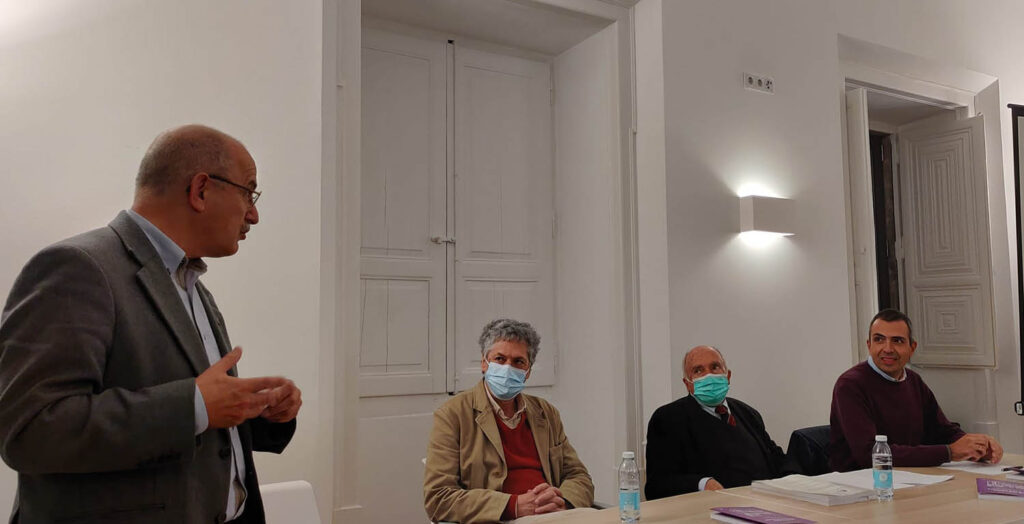
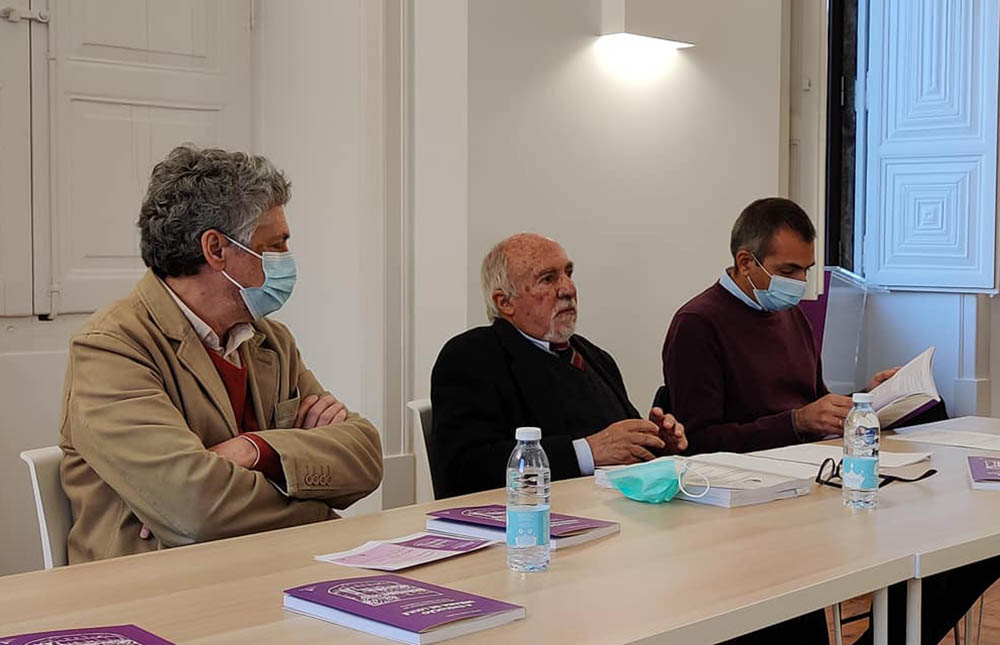
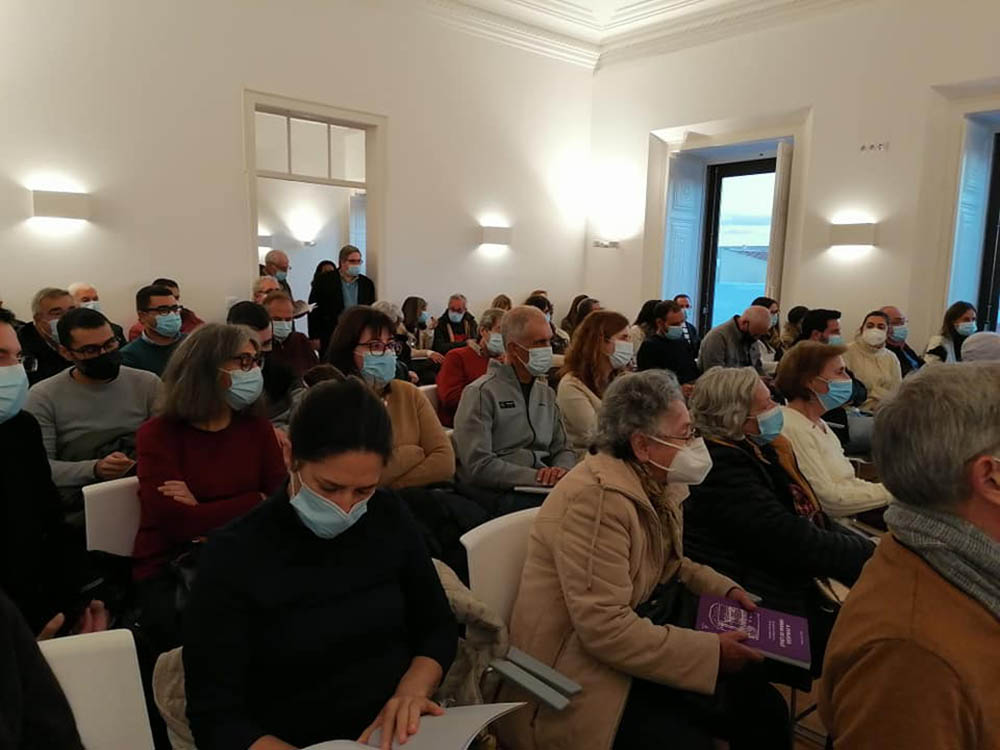
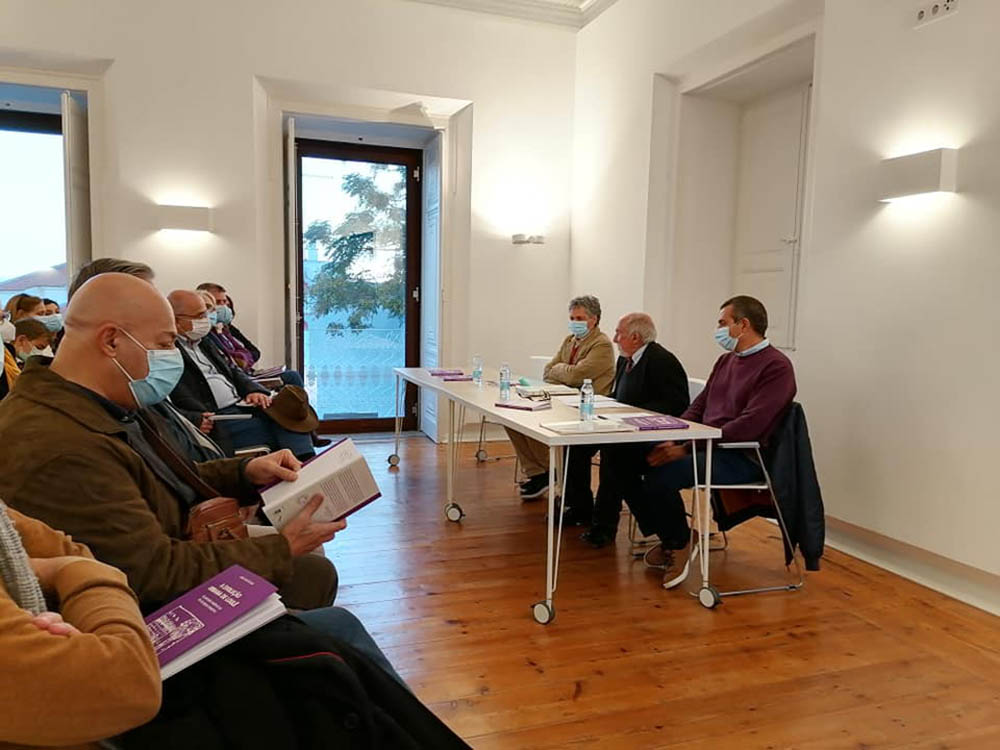
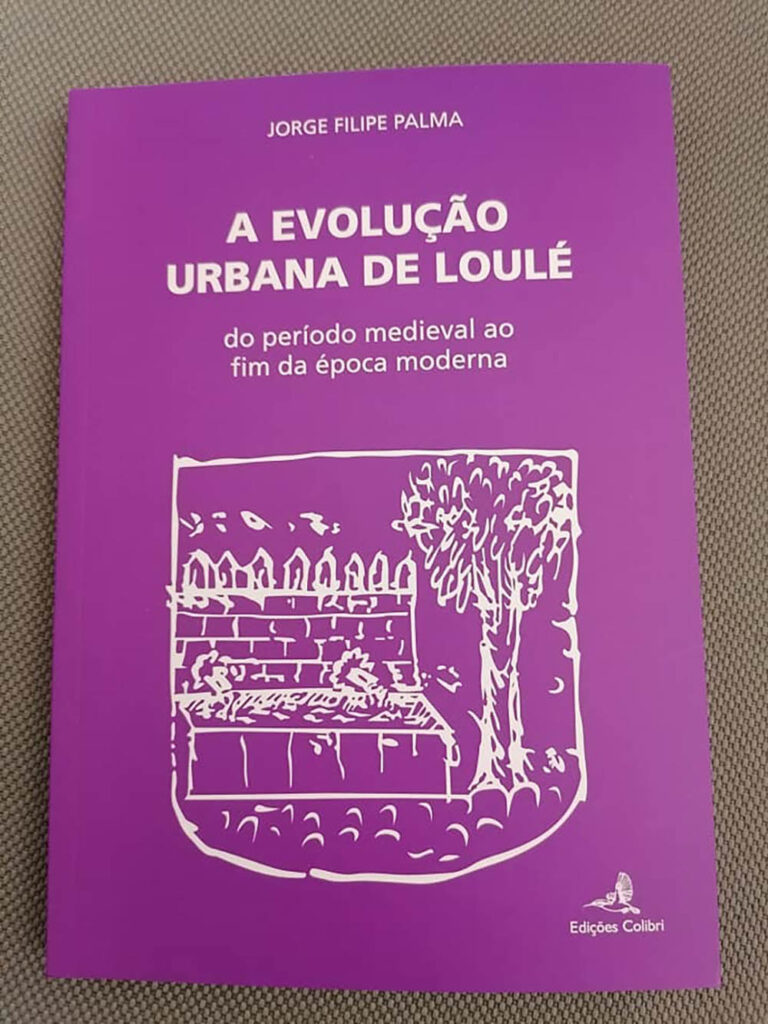



















Comments